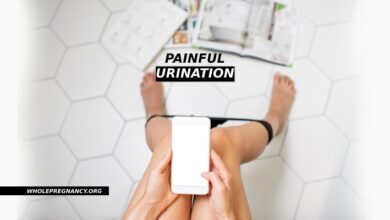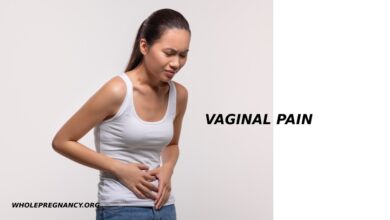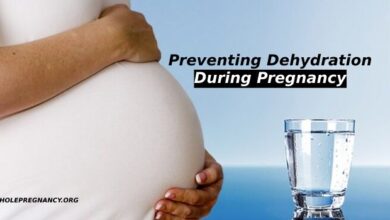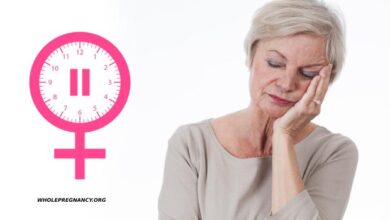Pain During Sex
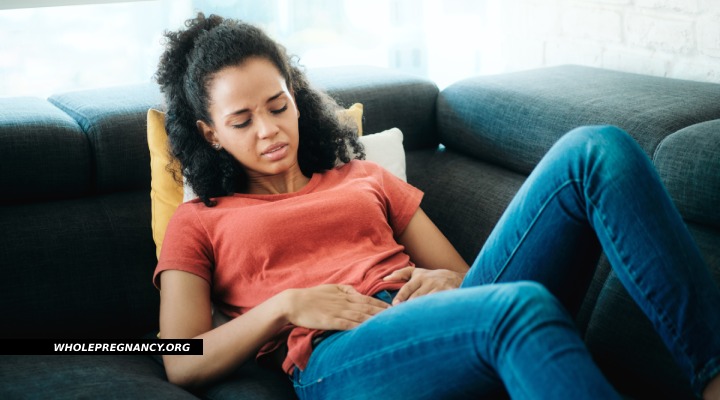
There are many reasons why pain during sex occurs, including psychological and structural issues. Many women experience painful intercourse at one time or another in their lives. The medical term for painful intercourse is dyspareunia, defined as persistent or recurrent genital pain that occurs just before, during or after sex. If you are experiencing painful sex, talk to your doctor. The cause of the problem is what treatments focus on.
Signs of Pain During Sex:
You might feel the following symptomes during intercourse:
- Only pain at sexual entry (penetration).
- Every penetration causes pain, even if you use a tampon.
- Deep pain during thrusting
- Aching or burning pain
- Hours after the intercourse, throbbing pain
When Should You See a Doctor?
Talk to your doctor if you experience recurrent pain while having sex. The problem can be treated to improve your sex life, emotional intimacy, and self-image.
Causes of Pain During Sex:
There are many physical causes of painful intercourse. It all depends on whether the pain is at entry or deep thrusting. Many types of painful intercourse can be attributed to emotional factors.
Pain During The Entry
There are many factors that can cause pain during penetration, including:
- Insufficient lubrication. This can often be caused by insufficient foreplay. It is possible to have low estrogen levels during pregnancy, childbirth, or breastfeeding. Some medications can cause sexual desire and arousal. This can reduce lubrication, make sex more painful, and increase sexual desire. Antidepressants, high blood pressure medication, sedatives and antihistamines are all examples.
- Injury, trauma, or irritation. These include injury or irritation from an accident or pelvic surgery or female circumcision, or a cut during childbirth to expand the birth canal (episiotomy).
- Inflammation or infection of the skin. A painful intercourse can be caused by an infection in the genital or urinary tract. Eczema and other skin conditions in the genital area can also be a problem.
- Vaginal sex. This can lead to painful penetration.
- A condition that is present at birth. The development of a membrane blocking the vaginal opening (imperforate himen) can cause dyspareunia.
Deep Pain During Sex
Deep penetration is a common cause of deep pain. You might feel it more in certain places. These are some of the causes.
- Some conditions and illnesses.
- Medical treatments and surgeries. Painful intercourse can result from pelvic surgery. Radiation and chemotherapy can make sex uncomfortable.
Emotional Factors Can Cause Pain During Intercourse
Emotions are intimately linked to sexual activity and can play a role as a cause of sexual pain. These emotional factors are:
- Psychological problems. Low levels of arousal can lead to discomfort or pain.
- Stress. Your stress levels can cause your pelvic floor muscles to tighten. This can lead to intercourse pain.
- History and abuse of sexual partners.
It is difficult to determine if emotional factors are involved in dyspareunia. Fear of recurring pain can cause initial pain. This can make it more difficult to relax and can lead to further pain. If you are experiencing pain, you might avoid sex.
Diagnosis
A medical evaluation for dyspareunia typically consists of:
- Take a detailed medical history. Tell your doctor about when and where you experienced it. Also, inform them if it has ever happened with any sexual partners or in any sexual positions. Your sexual history, your doctor may ask you about your surgical history, and childbirth. Do not let embarrassment keep you from being truthful. These questions can help you pinpoint the root cause of your pain.
- A pelvic examination. Your provider will check for signs such as skin irritation, infection, or other anatomical issues during a pelvic examination. Your provider might also apply gentle pressure to your pelvic muscles and genitals to help locate the source of your pain. You might also be able to have a visual examination of your vagina using a device called a “speculum” to separate the vaginal wall. A pelvic exam can cause discomfort for some women with painful intercourse. If the pain is too severe, you can request to have the exam stopped.
- Other tests. Your provider might recommend a pelvic ultrasound if he or she suspects that there are other causes for painful intercourse.
Treatment of Pain During Sex
There are many treatment options depending on the source of the pain.
Medications
Your pain might be caused by an infection or other medical condition. You can treat the problem. Your symptoms might be eliminated by taking lubrication medications that are known to cause problems. Low estrogen levels can cause dyspareunia in many women.
This can often be treated by applying topical estrogen directly to the vagina. Also Ospemifene (Osphena),which is a drug approved by the Food and Drug Administration, is approved to treat mild to severe dyspareunia in women with problems with vaginal oil. Ospemifene acts as estrogen on the vaginal line. There are some drawbacks to the drug, including hot flashes, strokes, blood clots, and cancer of the lining and uterus (endometrium). Prasterone (Intrarosa) is another drug that can relieve painful intercourse. You place it in your vagina every day.
Other Treatments
Dyspareunia can also be treated with non-medication therapies
- Desensitization therapy. Learn vaginal relaxation exercises to decrease pain.
- Therapy or counseling. You might also need to address your negative response to sexual stimulation. You might need to improve communication and restore sexual intimacy if you and your partner have had painful intercourse. These issues can be resolved by talking to a counselor, therapist, or sex worker. Cognitive behavioral therapy can also be used to change negative thoughts and behavior.
Home remedies and Tips to Releive Pain During Sex
You and your partner might try these things to ease the pain of sex:
- Try different positions. If thrusting causes you pain, consider changing to the top. This position may allow you to regulate penetration to a level that feels comfortable to you.
- Communicate. Discuss what feels good and what isn’t. You can tell your partner to slow down if you want.
- Don’t rush. Longer foreplay can help stimulate your natural lubrication. Delaying penetration until you feel fully awake can help reduce pain.
- Lubricants are a good option. It can make sex more enjoyable. You can try different brands until one that you love is found.
Coping and Support
You and your partner may find other ways to have intimate relationships until vaginal penetration is less painful. You might consider other options such as mutual masturbation, sensual massage, and kissing. These alternatives may be more enjoyable, fulfilling, and more satisfying than your usual routine.
Prepare For Your Appointment
The first step to resolving an uncomfortable intercourse is talking to your doctor. In addition provider may diagnose the problem and either refer you to a specialist.
What You Can Do
Make a list of the following to prepare you for your conversation with your doctor:
- All about your sexual problems from when they started to how often they happen to what conditions.
- Your most important medical information, which includes your actual conditions that you are treating.
- All medicines, vitamins, and other supplements you use, even the doses
Questions to Ask Your Doctor
Ask your provider these questions:
- What could be the cause of my problem?
- What lifestyle changes are possible to improve my situation
- Are there available treatments?
- Which books and other reading materials do you recommend? Which websites would you recommend?
What should you expect from your provider
Your doctor might ask you questions such as:
- How long have your painful intercourses lasted?
- Which place do you feel the pain?
- Is the pain present every time you have sex? Or is it only in specific situations?
- What is your relationship like with your partner?
- Is it possible to talk about your sexual issues with your partner?
- Are you a victim of any other non-sexual activity?
- What level of distress do your sexual concerns cause you?
- Are you experiencing vaginal irritation, itching, or burning?
- Are you a victim of gynecological problems?

